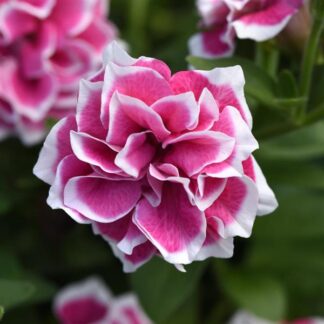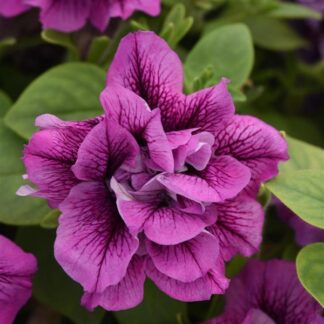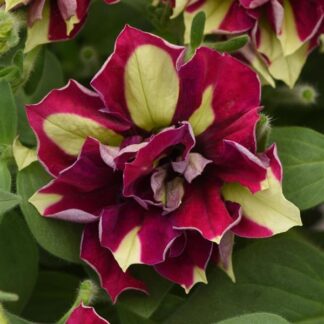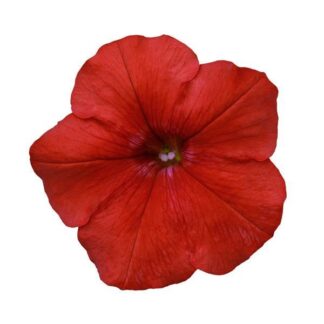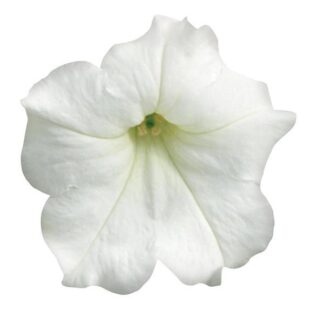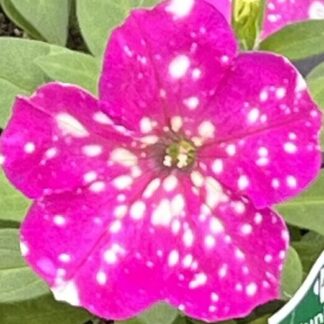Petunia
Discover Petunia: The Easy, Colorful Flower for Every Garden
If you’re searching for a flower that brings bold color, easy care, and non-stop blooms to your yard, look no further than the classic petunia. These cheerful blooms have been a garden favorite for generations. But what makes petunia plants so special? Let’s explore why petunias are a must-have, plus learn how to grow and care for them, whether you’re planting petunia seeds or picking up plants from your local nursery.
Why Choose Petunia Plants?
Petunias are popular for a simple reason: petunia colors can’t be beat. You’ll find petunia flower varieties in almost every shade of the rainbow. Want deep purple? Bright pink? Soft pastels? Sunny yellows or pure whites? There’s a petunia for you. Some even feature stripes, spots, or bi-color petals. The endless petunia colors let you create a flower bed that matches your style.
But there’s more! Petunia plants are:
- Easy to grow in both garden beds and containers.
- Long-blooming—they flower from spring until frost.
- Great for pollinators—bees and butterflies love them.
- Adaptable—happy in sun, partial shade, or even hanging baskets.
No matter where you plant them, petunias make your outdoor space come alive.
Getting Started: Petunia Seeds or Plants?
You have two choices for starting your petunia garden: sow petunia seeds or buy young petunia plants.
Petunia Seeds
If you enjoy starting from scratch, petunia seeds are easy and rewarding. Here’s how to grow them:
- Start indoors: Petunia seeds are tiny, so it’s best to start them inside 8-10 weeks before your last spring frost.
- Fill seed trays: Use a good quality seed-starting mix and gently press the seeds onto the surface. Don’t cover them—petunia seeds need light to germinate!
- Keep moist: Mist the seeds with water and cover the tray with clear plastic or a dome.
- Give them light: Place trays in a bright spot or under grow lights. Seeds should sprout in 7-10 days.
- Transplant carefully: When seedlings have a few leaves, move them into small pots. Wait until after the last frost to plant outdoors.
Petunia Plants
Short on time? Pick up young petunia plants from a nursery. They’re ready to plant as soon as the danger of frost is past.
- Gently loosen the roots before planting.
- Plant at the same depth as in the nursery pot.
- Space about 12 inches apart to allow for spreading.
The Best Spot for Petunia Flowers
Petunias love the sun. Choose a spot that gets at least 6 hours of direct sunlight a day. The more sun, the more blooms you’ll get! If you only have partial shade, don’t worry—petunias will still bloom, but maybe not as much.
Good soil is important. Petunia plants prefer well-drained soil that’s rich in organic matter. If you’re growing them in containers, use a high-quality potting mix.
Ready to Brighten Your Garden?
There’s no flower quite like the petunia for adding long-lasting, vivid color to your yard, porch, or patio. With simple care, endless petunia colors, and options to grow from petunia seeds or plants, you’ll see why gardeners everywhere fall in love with the petunia flower.
Start your petunia adventure today and enjoy beautiful blooms all season long!
Shop Petunia Plants and Seeds
Showing all 16 results
-

Petunia, Double Midnight Gold
$8.99 Select options This product has multiple variants. The options may be chosen on the product page -

Petunia, Double Pink Diamond
$7.99 Select options This product has multiple variants. The options may be chosen on the product page -

Petunia, Double Vogue Blue
$7.99 Select options This product has multiple variants. The options may be chosen on the product page -

Petunia, Double Vogue Lavender Vein
$7.99 Select options This product has multiple variants. The options may be chosen on the product page -

Petunia, Double Vogue Lemon Berry
$7.99 Select options This product has multiple variants. The options may be chosen on the product page -

Petunia, Double Vogue Pink
$7.99 Select options This product has multiple variants. The options may be chosen on the product page -

Petunia, Double Vogue Red
$7.99 Select options This product has multiple variants. The options may be chosen on the product page -

Petunia, Double Vogue White
$7.99 Select options This product has multiple variants. The options may be chosen on the product page -

Petunia, Easy Wave Blue
$2.49 – $8.99 Select options This product has multiple variants. The options may be chosen on the product page -

Petunia, Easy Wave Pink
$2.49 – $8.99 Select options This product has multiple variants. The options may be chosen on the product page -

Petunia, Easy Wave Red
$2.49 – $8.99 Select options This product has multiple variants. The options may be chosen on the product page -

Petunia, Easy Wave White
$2.49 – $8.99 Select options This product has multiple variants. The options may be chosen on the product page -

Petunia, Easy Wave Yellow
$2.49 – $8.99 Select options This product has multiple variants. The options may be chosen on the product page -

Petunia, Headliner™ Night Sky
$8.99 Select options This product has multiple variants. The options may be chosen on the product page -

Petunia, Headliner™ Pink Sky
$8.99 Select options This product has multiple variants. The options may be chosen on the product page -

Petunia, Wave Purple
$2.49 – $6.99 Select options This product has multiple variants. The options may be chosen on the product page
Planting Petunias: Step-by-Step
- Prepare the soil: Loosen it up and mix in compost.
- Dig a hole: Make it big enough for the plant’s root ball.
- Set the petunia plant: Gently place it in the hole.
- Backfill and press: Fill in around the plant and press gently to remove air pockets.
- Water well: Give your new petunias a good drink to settle the soil.
Caring for Your Petunia Plants
Once your petunia flowers are growing, keeping them healthy is simple.
Watering
Petunias like to be kept evenly moist, but not soggy. In hot weather, you may need to water daily, especially for petunias in containers. Let the top inch of soil dry out before watering again. Avoid overhead watering to prevent fungal problems—water at the base when you can.
Feeding
Petunias are heavy feeders! To keep them blooming, feed them with a balanced liquid fertilizer every 2-3 weeks. You can also use a slow-release fertilizer mixed into the soil at planting time.
Deadheading
Want more flowers? Remove faded blooms (this is called “deadheading”). Snip or pinch off spent petunia flowers regularly. This keeps the plant looking tidy and encourages even more blooms.
Pruning
Petunias can get leggy by mid-summer. Don’t be afraid to give them a gentle trim—cutting stems back by one-third will help them branch out and produce new flowers.
Petunia Colors: Endless Possibilities
One of the best things about petunias is the dazzling range of petunia colors. Here are some ideas for how to use them:
- Mixed beds: Combine different colors for a vibrant, cheerful look.
- Monochrome magic: Plant all white, all pink, or any single shade for a modern style.
- Contrasting combos: Try purple and yellow together for maximum impact.
- Trailing types: Use trailing petunias in baskets or window boxes—they’ll spill over the edges in a waterfall of blooms.
Whether you love classic pinks, deep reds, or unusual blues and blacks, there’s a petunia that will fit your garden vision.
Petunia Plants in Containers
Don’t have a garden bed? No problem! Petunia plants thrive in pots, hanging baskets, and window boxes. Just remember:
- Use well-draining potting soil.
- Choose a container with drainage holes.
- Water often—pots dry out faster than garden soil.
- Feed regularly—container petunias need more food for non-stop blooms.
Place your pots where they get plenty of sun, and enjoy a sea of color all summer long.
Growing Petunias from Seeds: A Rewarding Experience
Growing petunias from petunia seeds is fun and affordable. Watching those tiny seeds sprout and turn into blooming plants is something every gardener should try at least once. Plus, you’ll have more varieties to choose from, including rare colors and forms you won’t find in stores.
Final Tips and Troubleshooting
Petunias are easy, but here’s how to solve common problems:
- Yellow leaves? You may be overwatering or need to feed more often.
- Few blooms? Move to a sunnier spot or start deadheading more often.
- Leggy plants? Give them a trim to encourage bushier growth.
Showing all 16 results

